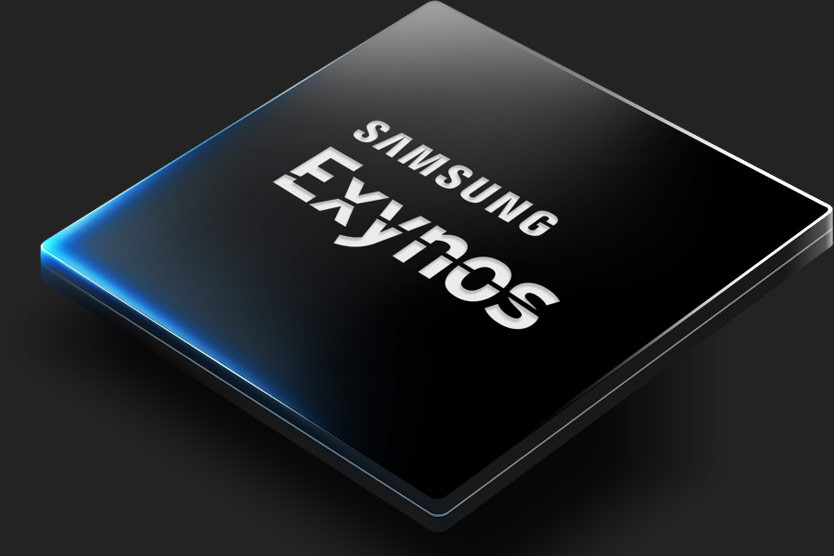
AMD and Samsung Electronics have announced a multi-year strategic partnership in ultra low power, high performance mobile graphics IP based on AMD Radeon graphics technologies. As part of the partnership, Samsung will license AMD graphics IP to use it in its future SoCs. The company is currently using ARM’s Mali GPU in its Exynos SoCs, so this could change soon.
Samsung said that it will get custom graphics IP from AMD based on the recently announced, highly-scalable RDNA graphics architecture to use it in mobile devices, including smartphones, and other products. Samsung added that it will pay AMD technology license fees and royalties.
AMD’s RDNA gaming architecture was introduced at the Computex in Taipei last week as the next foundational gaming architecture designed to drive the future of PC gaming, console, and cloud for the future.
Regarding RDNA ARM said:
With a new compute unit10 design, RDNA is expected to deliver incredible performance, power and memory efficiency in a smaller package compared to the previous generation Graphics Core Next (GCN) architecture. It is projected to provide up to 1.25X higher performance-per-clock and up to 1.5X higher performance-per-watt over GCN, enabling better gaming performance at lower power and reduced latency.
Inyup Kang, president of Samsung Electronics’ S.LSI Business, said:
As we prepare for disruptive changes in technology and discover new opportunities, our partnership with AMD will allow us to bring groundbreaking graphics products and solutions to market for tomorrow’s mobile applications. We look forward to working with AMD to accelerate innovations in mobile graphics technologies that will help take future mobile computing to the next level.
Dr. Lisa Su, AMD president and CEO, said:
Adoption of our Radeon graphics technologies across the PC, game console, cloud and HPC markets has grown significantly and we are thrilled to now partner with industry leader Samsung to accelerate graphics innovation in the mobile market. This strategic partnership will extend the reach of our high-performance Radeon graphics into the mobile market, significantly expanding the Radeon user base and development ecosystem.
